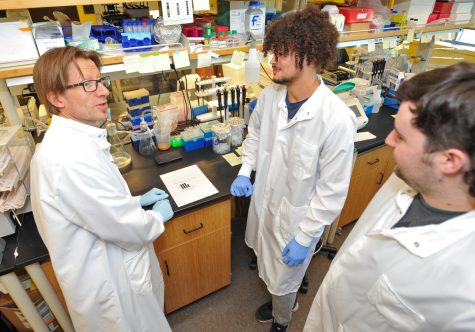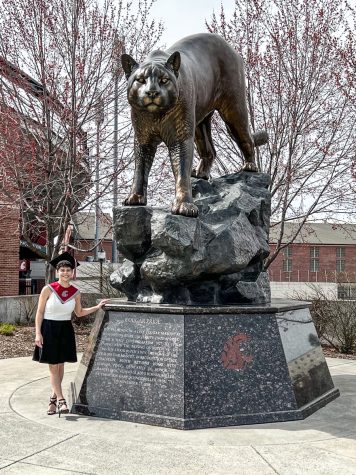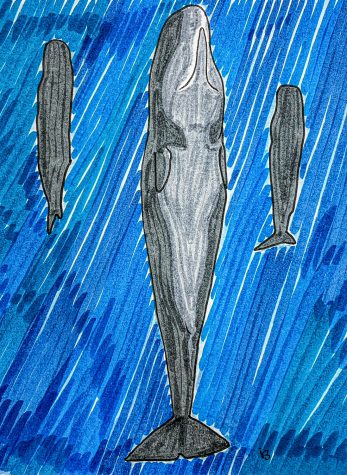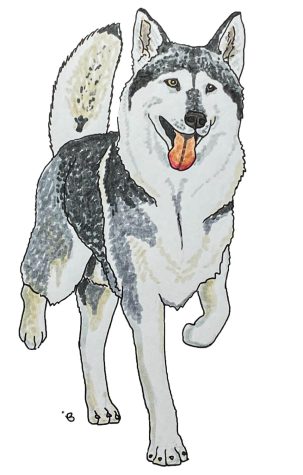Slight explanation of evolutionary fear
Fear created from combination of genetic inheritance, learning
Fear falls into two categories: innate and learned.
November 11, 2021
Fear, like all emotions, developed in human brains at some point during evolution. Fear is beneficial to the survival of individuals and groups.
The general evolutionary perspective of fear is to detect various threats in the environment in order to survive, said Edward Hagen, anthropology professor for the College of Arts and Sciences.
“The best way to not get sick is to avoid contact with a pathogen in the first place,” Hagen said. “The best way to not fall off a cliff is to avoid heights.”
Humans easily learn to fear long-standing threats compared to newer threats. For example, being shocked by an electrical socket is a recent threat, but spiders and snakes have been threats from the start, he said.
Fear falls into two categories: innate and learned. Innate fears include predators, pain, heights and rapidly approaching objects, according to the National Library of Medicine.
Hagen said there may be genetic programs that can help humans develop psychological mechanisms that prime them to learn how to fear dangerous threat.
“Take the example of spiders and snakes,” he said. “We still need to learn that because there’s a lot of spiders and snakes that are not dangerous. You should not be afraid of any spider or any snake.”
Current research shows that fear is a combination of genetic inheritance and learning. It is not a matter of one or the other, he said.
There are possible sex differences when it comes to fear, Hagen said.
“It may be that females were more vulnerable to certain kinds of threats and benefited more from avoidance behaviors than males,” he said. “So there might be a sex difference of sensitivity to various kinds of threats.”
One of the most common physiological responses to fear is freezing. When a person is motionless, it is harder for them to be detected by predators, Hagen said.
A person may also need to flee or confront the threat, which requires a lot of energy glucose, he said.
“We see [increased] regulations in cortisol,” Hagen said. “What cortisol does is it releases glucose into the blood stream, so you suddenly have this ready access to nutrients that you can very rapidly utilize to escape or fight.”
Fears are mostly beneficial to individual survival, but are also used for group survival, he said.
Parents often assess threats for their children, which is why they might childproof a house. They are not thinking of their own safety, but the safety of their children, Hagen said.
Neighborhood watch programs are another example of people assessing threats for an entire group, he said.
“I think people are very concerned about detecting threats to not just themselves but members of their families, residences as well as neighborhoods,” he said.
Studies of primates show they will make alarm calls when a predator is nearby to alert members of their group. But making the call threatens the primate’s own survival. These traits potentially carried over to the human race, Hagen said.

















